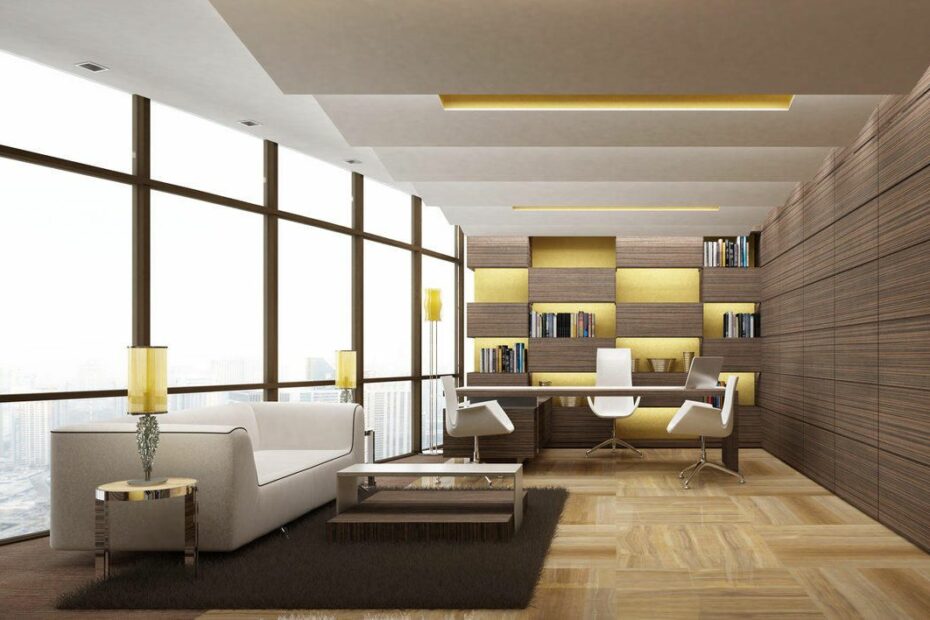Found 42 images related to modern executive office layout theme




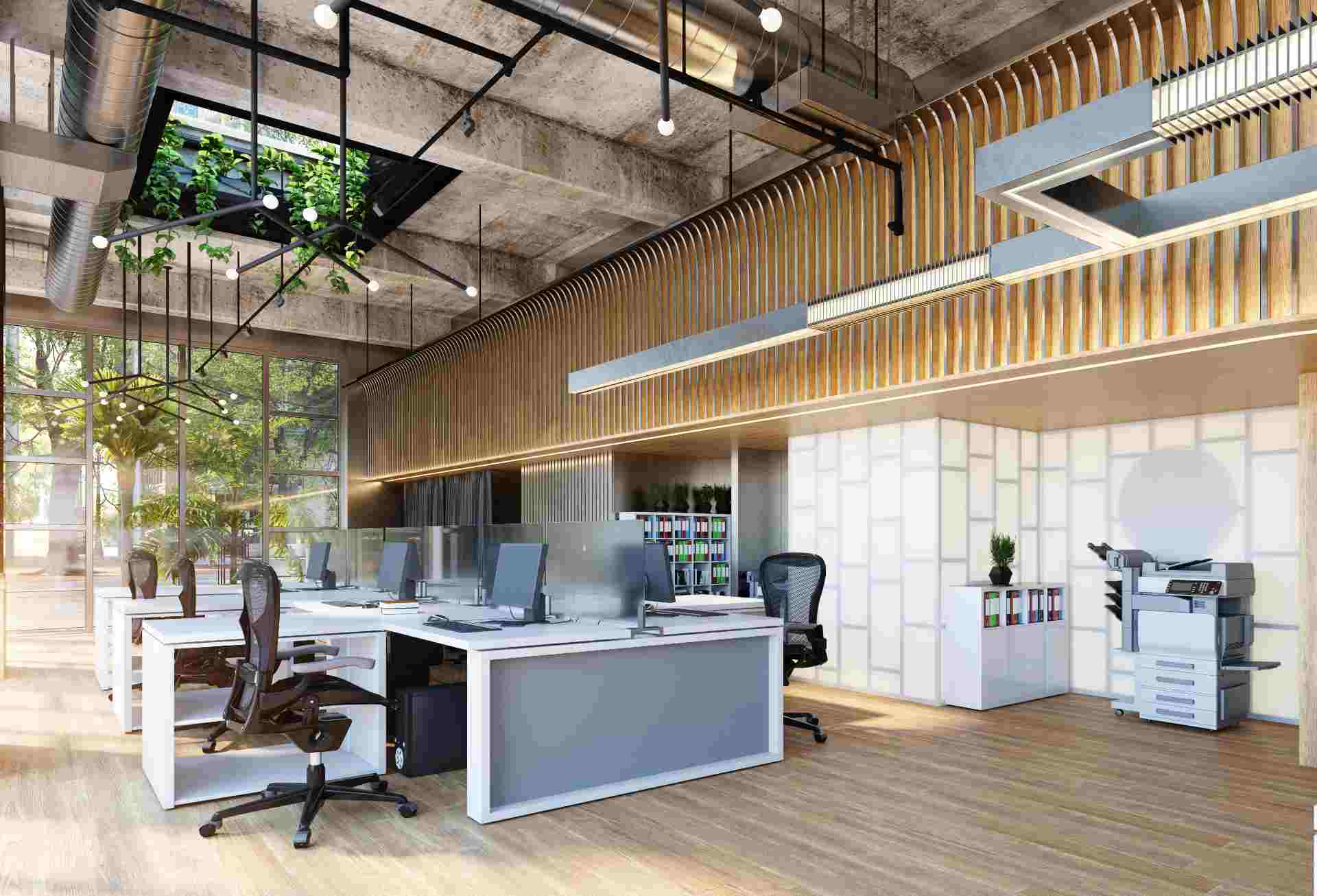

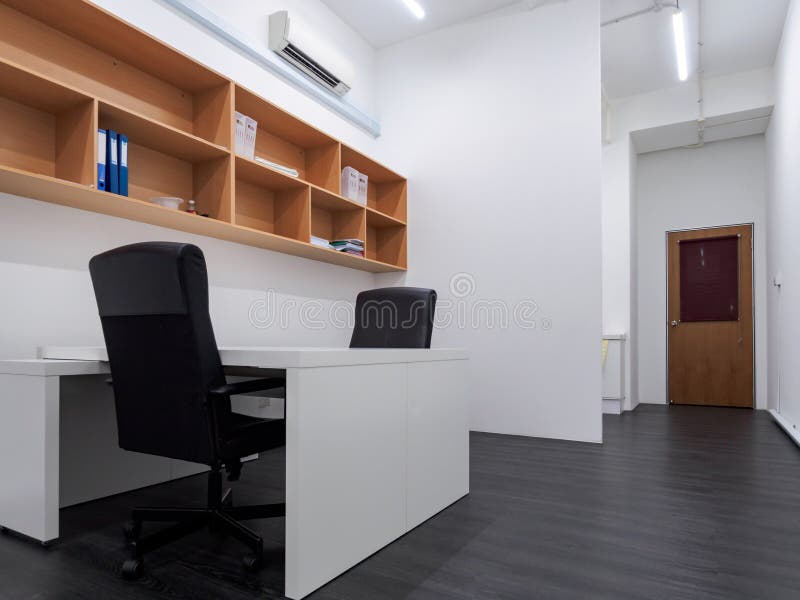
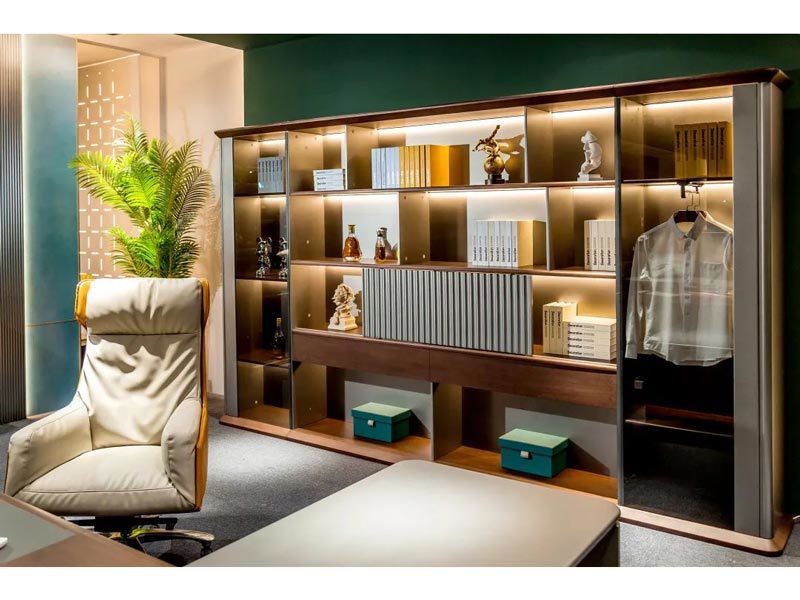


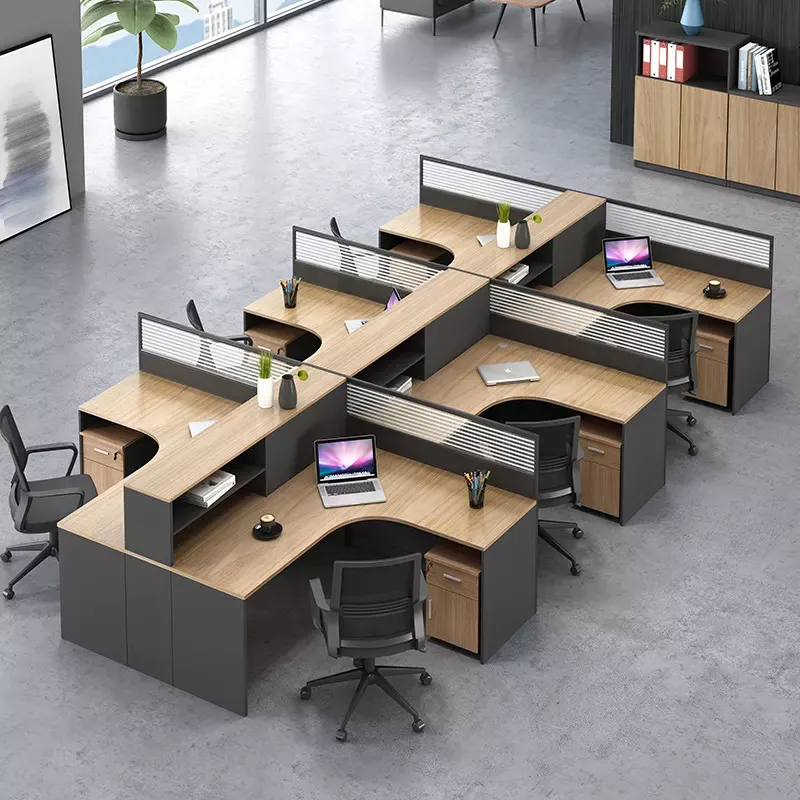
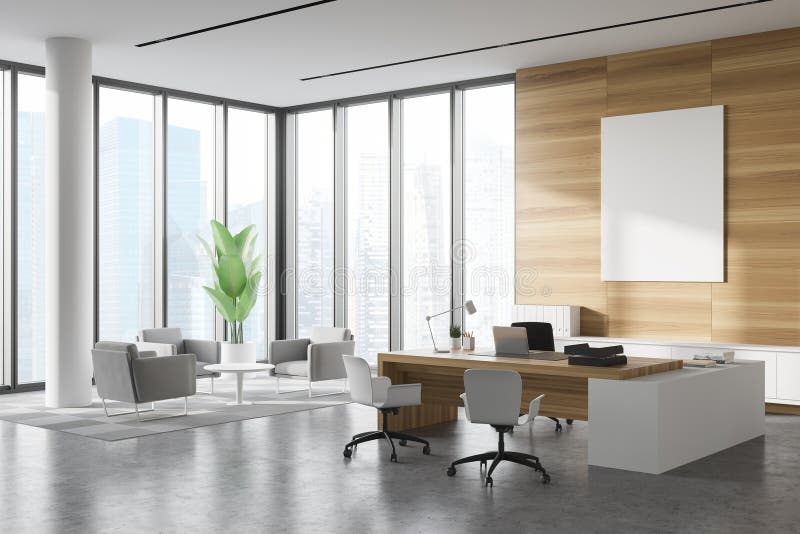
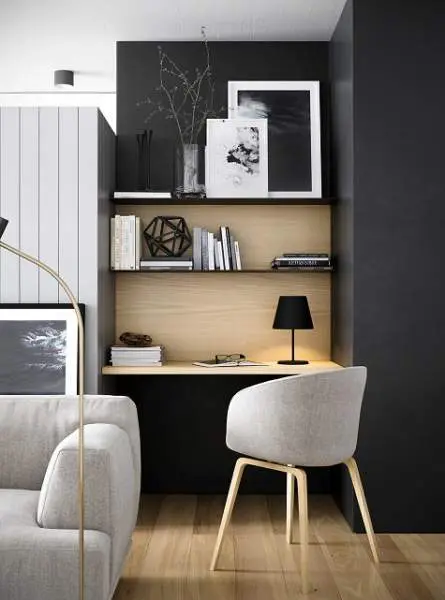



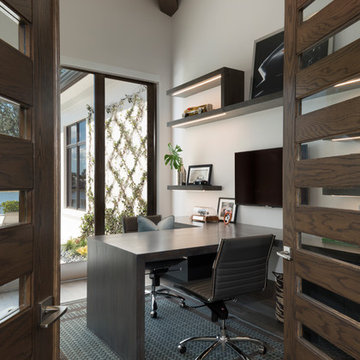

modern executive office layout
The way we work has drastically changed over the years. From the traditional cubicles to the modern executive office layout, offices now prioritize the employees’ well-being and productivity. With technology and flexible work arrangements, executive offices need to be designed to create a seamless workflow among team members.
Open Plan Layout: A Popular Choice for Modern Executive Offices
One of the most popular office layouts is the open plan layout. This setup maximizes space, encourages collaboration, and prioritizes natural lighting. It’s a good thing that employers nowadays are starting to lean on collaborative workflows that benefit a diverse workplace culture.
Benefits of an Open Plan Layout
Open plan layouts are great for increasing collaboration and communication among team members. They also maximize space, making the office look spacious, brighter, and more inviting. This contemporary workplace layout promotes open communication amongst employees across the organization leading to a more innovative and productive workforce.
Best Practices for Implementing an Open Plan Layout
To make the most of an open plan layout, employers must focus on minimizing distractions and allowing privacy options for employees who want to concentrate on their work. The use of screens, light-blocking curtains, or private offices can help alleviate some of the noise and visual distractions.
Potential Challenges to Consider When Designing an Open Plan Office
One of the challenges that come with open plan layouts is noise distractions. It’s essential to incorporate sound-absorbing materials into the design to minimize distractions. Another problem is privacy issues. Employees may feel exposed when seated in open space areas, so providing them with private meeting rooms or designated quiet areas where they can take phone calls adds value to productivity.
Flexibility in Design: Adaptable Workspaces for Productive Employees
Flexibility in office design is more than just creating a vibrant workplace; it’s about providing employees with a space that best fits their needs and the nature of work they’re doing. Companies can integrate flexible workspaces to create dynamic, versatile areas that will transform the way employees collaborate and work.
Key Considerations for a Flexible Office Design
When designing a flexible workspace, the key is in putting together a plan that meets employees’ needs. Employers can look at team’s workflows, spatial needs, privacy, and noise reduction while developing a concept that offers maximum flexibility.
Various Ways to Incorporate Flexibility in the Office Layout
Furniture plays a significant role in creating a flexible office layout. Employers can use movable office partitions, standing or adjustable height desks, and movable shelves to create adaptable workspaces that meet varying needs.
Strategies for Maintaining Productivity in a Flexible Workspace
Maximizing productivity in a flexible office design environment boils down to proper communication and scheduling. Employers must set clear boundaries, work deadlines, and ensure everyone collaborates constructively to maintain employee engagement levels.
Technology Integration: Maximizing Efficiency in Modern Executive Offices
An office space equipped with the latest technology may seem like an investment, but it’s worth the added expenses in the long run. Technology integration is essential today because it enhances efficiency and productivity in every aspect of the business.
Importance of Technology Integration in Office Design
Technology integration in office design ensures that all employees have access to electronic devices that allow them to perform their tasks as smoothly as possible. This helps reduce the number of distractions, making employees more productive.
Current Trends in Technology Integration for Executive Offices
Video conferencing technology, high-speed internet, and cloud-based servers all play critical roles in modern executive office design. Companies can also integrate smart speaker systems, which allow voice command control and collaboration tools that aid communication and teamwork.
How to Plan for and Implement Technology into an Office Space
When planning to implement technology in an office space, employers should prioritize technology elements that best align with employees’ needs. They may also involve IT professionals to help select the software and hardware to ensure that implementation is done correctly.
Conclusion
Modern executive offices bring together form and function to create dynamic, versatile workspaces that foster productivity and collaboration. By incorporating open plan layouts, flexible office design, and technology integration, employers create an environment that prioritizes employee well-being and maximizes efficiency.
Keywords searched by users: modern executive office layout modern executive office design ideas, ceo office layout, modern ceo office design, small executive office design ideas, best executive office layout, private executive office design, executive office design trends, modern luxury ceo office design
Tag: Album 65 – modern executive office layout
TOP 50 MODERN EXECUTIVE OFFICE DESIGNS -INTERIOR DESIGN – MODERN-TRENDING DESIGNS
See more here: khoaluantotnghiep.net
Article link: modern executive office layout.
Learn more about the topic modern executive office layout.
- Executive office design, features, and examples – Blog
- Executive Office – Photos & Ideas | Houzz
- 10 Modern Office Design Ideas for an Inspiring Workplace
- Modern Office Design Ideas – Urban Hyve
- Executive Office Design | Future Fitouts
- 6 Tips for Office Interior Design: Things You Should Know
Categories: https://khoaluantotnghiep.net/wikiimg
